Adult Improvement Part 1 - From stagnant 1700s to 2200+
It is relatively easier for a child to improve their strength and rating than for an adult. Not only tender age make an impressionable mind, but also you have to remember the practical aspect of high K-factor. However, for an adult to improve, strengthening their play and understanding and then increase their rating is not an easy task. There are a lot of chess books and materials available on almost any topic one may look for, yet which one actually works in reality? 20-year-old self-taught Aanjaneya Phatak from Pune, Maharashtra tells you his firsthand experience of his grind behind increasing his rating from 1769 to 2212. Check out part one of Aanjaneya's careful introspection of his own improvement. Photo: Rupali Mullick
The growth mindset
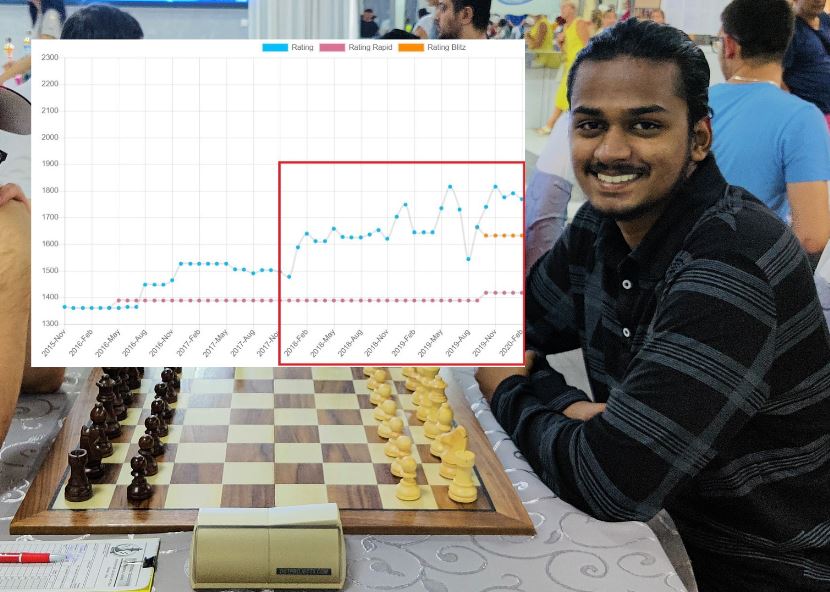
Hello everyone! It's been a long time since I wrote my last article and it is not because I am lazy or I do not want to give up my secrets or something. The reason behind it was very simple - I had just stopped improving at chess in terms of my elo rating. I had crossed 1700 elo rating in November 2018 after which I again came down to 1644. Once I read Jacob Aagaard's Attack and Defence and crossed the 1800 mark but this also did not last longer as after a couple of events I again came down to 1500 elo rating. My strength was around 1700 at that point so I again climbed to my final fide elo which was 1769. So for a long period I was just stagnant around the 1700 to 1800 rating range from 2018 to 2020.
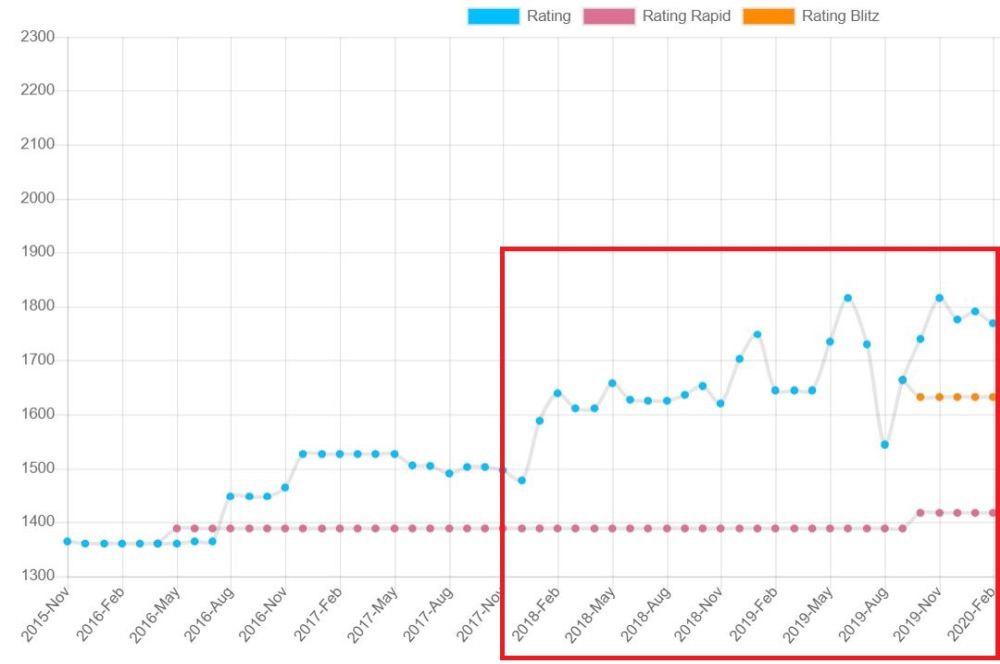
It was not that I was not winning against stronger opponents. It was just that there was no consistency. An example could be after I managed to score against some really higher rated players at Bhopal GM Open and also played well at the Delhi Open 2020 B category tournament in which eventually I came sixth. These both results were just very nice but the tournaments I played before and after these were Ramco Open and Chennai GM open in which I played horribly. So my bad performances were simply cutting out my good results and I was just playing in the rating of 1700-1800.
After all this, Covid-19 pandemic happened and as we all know the whole world had and even now has stopped and it has impacted chess in India severely. And I was no exception to all this and had no choice but to stay at home.
In this quarantine time I had only one mindset which was to come back stronger than ever. I started practicing from day 1 for 5 hours a day and most importantly I did not take a single off day from my regular practice after then. So below are the books and the description of them which I read during the pandemic -
1. Jacob Aagaard's Strategic Play
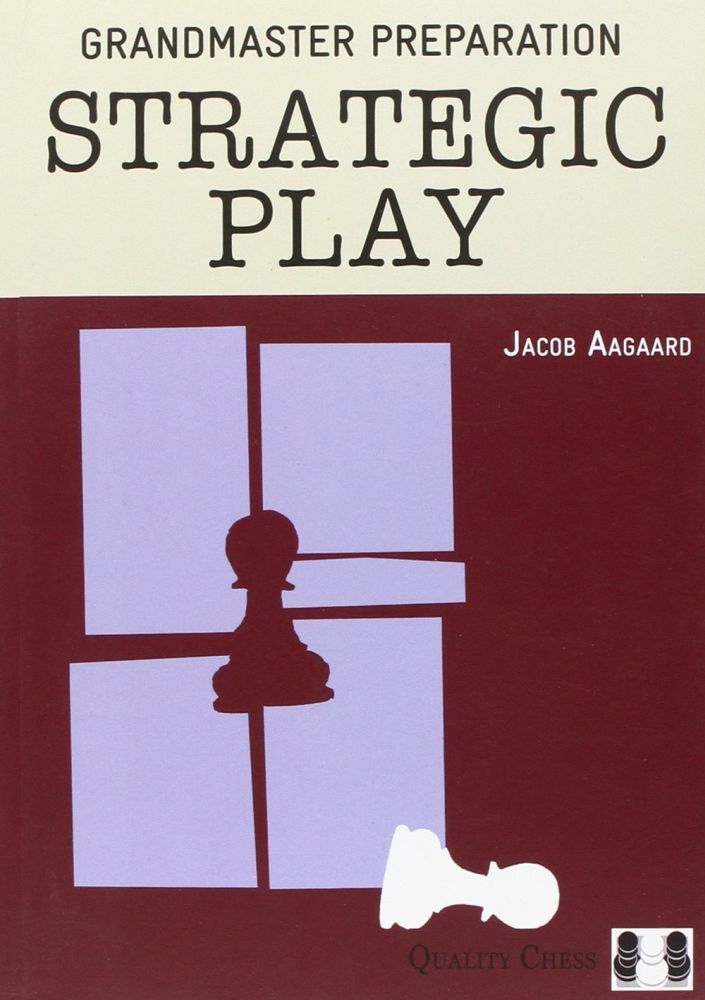
This was my first book which I started reading. I mean actually I read it a year ago so now I do not remember much about it but the key concepts of the book revolve around positional play and key concepts and ideas in the middlegame. Also there are severely complex and tactical positions and games in the last two chapters of this book . I remember that after reading this one my overall game had developed and I was scoring much better in the blitz games which I was playing against my friends. Roughly it took around a month for me to go through this book. I must warn everyone who is going to purchase any of the Jacob books that purchase it only if you are going to read it. It is really easy to give up reading these books as they force you to come up with a false solution for almost 70 percent of the time. It gets depressing but one has to keep reading.
2.Boris Gelfand's Positional Decision Making in Chess
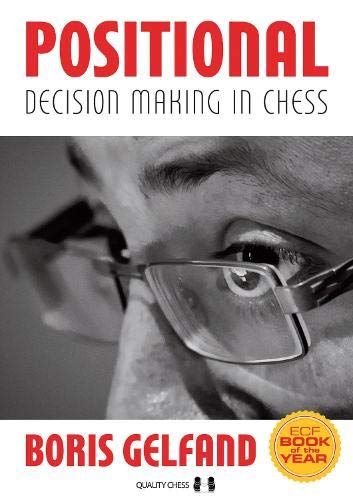
I think this book is one of the easiest ways to improve as a chess player. There are no puzzles no torture but just good moves and good games included. I really liked the way the games and variations have been annotated. The best part of this book is that it is really easy to go through it for a player at any level even a 1000 Elo rated player will become stronger as the book is full of key positional ideas. For me as a 1769 rated player I learnt a whole new chapter about chess after reading this book. The games really teach you about how to play chess in an uncompromising way and how to exploit the opponent's slightest of the slightest weakness into a full point. I really recommend this book for every chess player. Be it a rated one or not.
3.Pump up your rating by Axel Smith
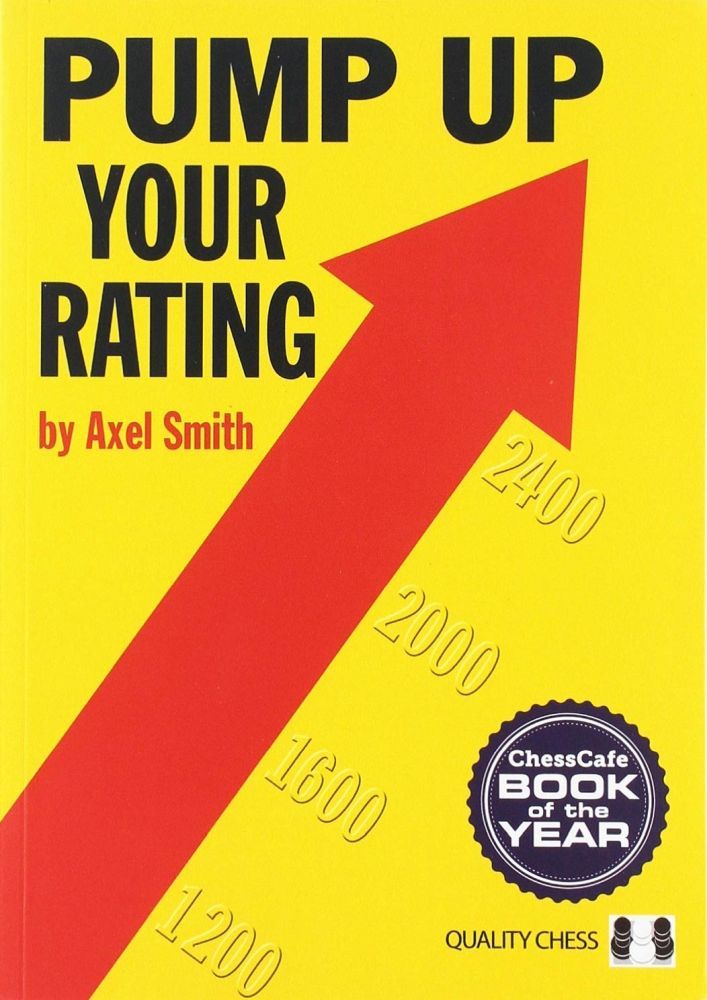
This is not just a chess book. Of course there are chess puzzles, games, ideas and all which will definitely improve your game to some extent but that's not what this book is all about. The book is a full blueprint of how to improve at chess. If you read this book once and throw it away without applying the methods given, you won't improve as fast.
The book starts with the writer's own story where he is 20 years old and has an elo of 2000 and jumps to 2205 in the first year (which is pretty similar to my performance in Serbia but we will get to to my performance later) and in the second year he reached an elo of 2458. How he made that mark possible is written in that book. It begins with a number of key concepts which if I start explaining would take too long. I hope that you read it yourself and most importantly apply it as I did. I will just give one example of a key part in the book which is "The List of Mistakes"
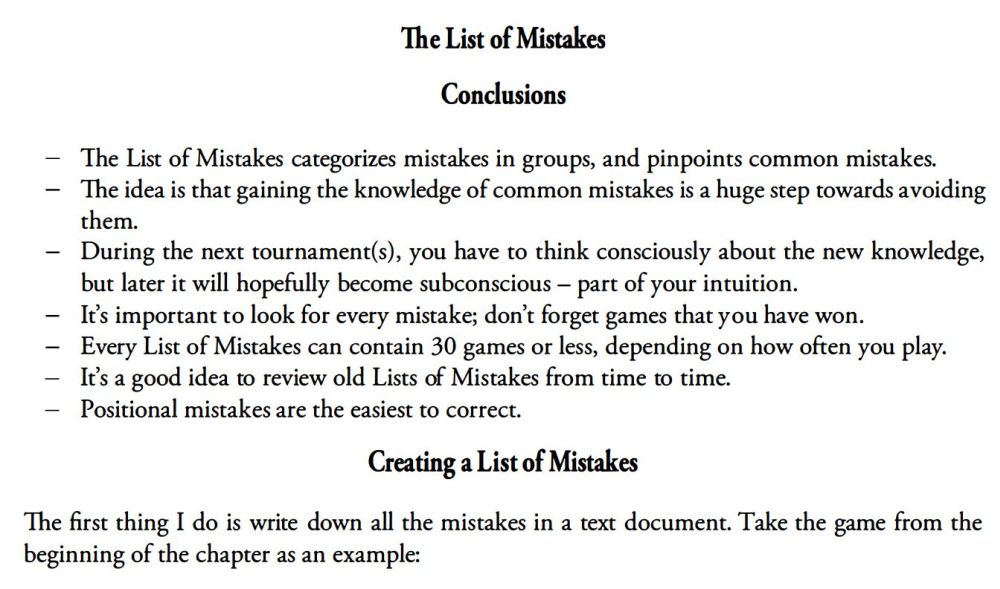
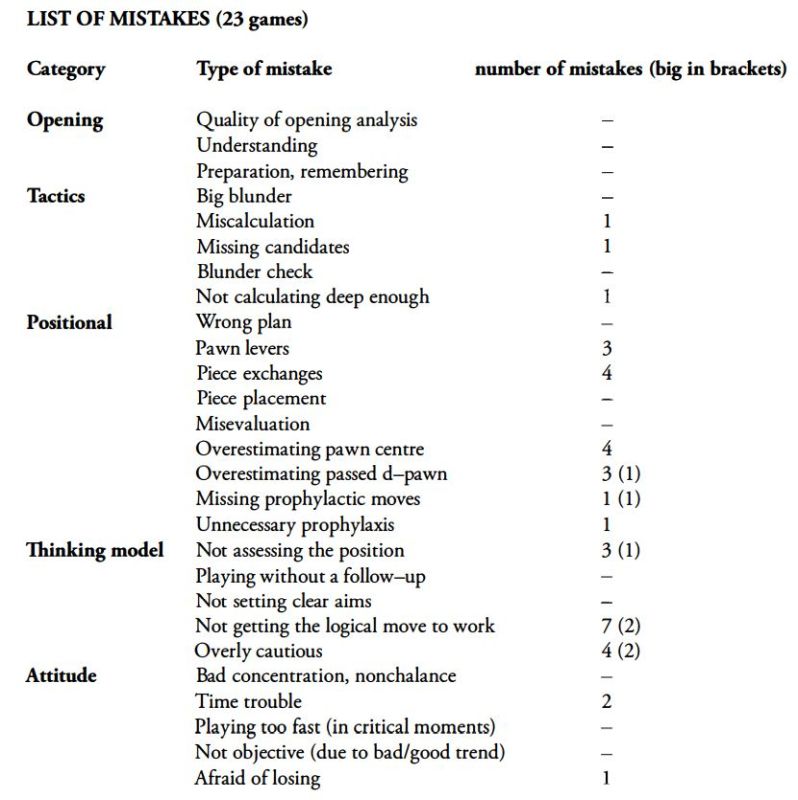
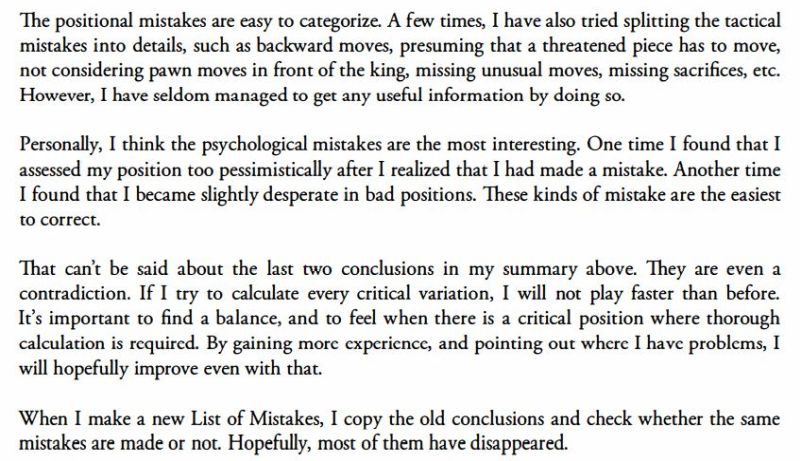
If you read following pages you will see that how the games are to be analysed and apply it to your own set of games. I did it myself and now I clearly saw that I need to work on this this part of my game and it becomes a very useful tool.
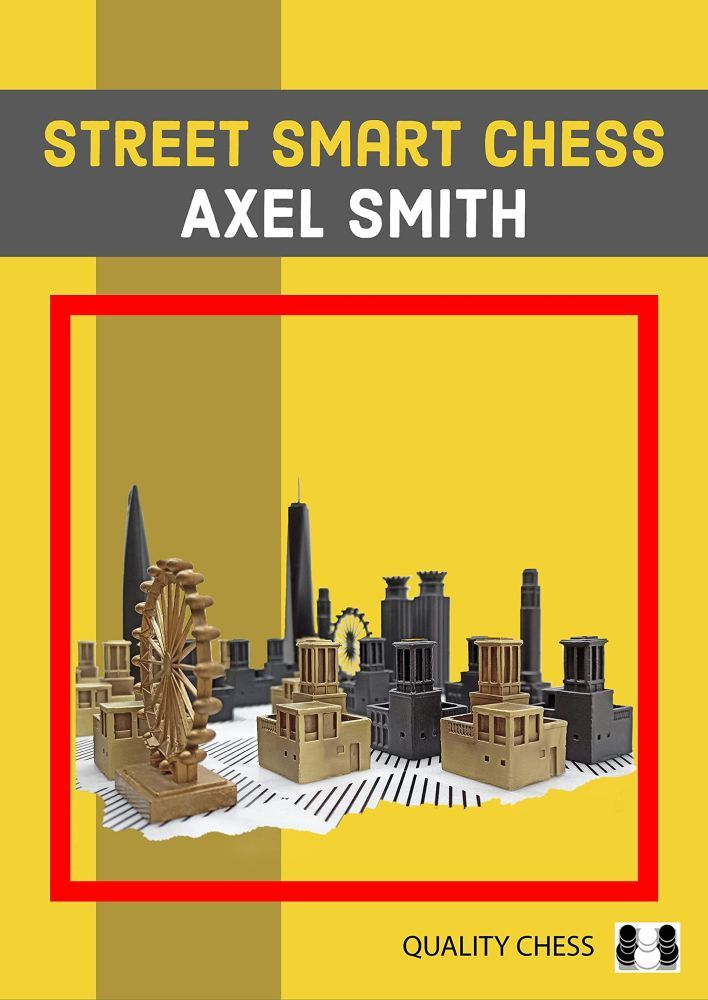
Also, Axel Smith has written a new book named "Street Smart Chess" which I am very excited to read as the sample pages of the book seemed really interesting.
4. I also read four GM repertoire books and fed all the variations from cover to cover in my laptop. And I am sorry that I cannot reveal the opening books as I am an active player and I do want my opponents to know where I have studied my opening prep from. And as openings are individualistic you can take any opening book, read it and play it.
All this was done by the middle of January 2021 and by then Covid cases started becoming negligible. So, rapid tournaments did resume and the first tournament I played was on Republic Day, 26th January 2021. I did not really know what to expect, I went and I collapsed terribly. I lost against two lower rated players and the games I won also were not up to the mark.
Then like these a few rapid tournaments kept on happening and in each one of them I kept on performing badly. A best example of bad play occured in Late Shri D Lele Memorial and below average performances like these kept on occuring.
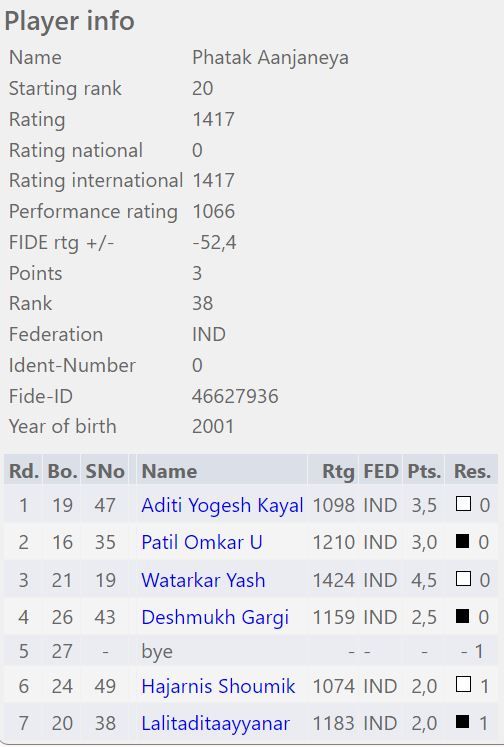
So, after all these horror shows it was the month of April and the second wave hit us and again all the nicely planned tournaments like Halkude and APS academy cup classical tournaments got cancelled. And I had time to recover and think about what was going wrong.
Now at this time I was at the peak of my depression but the will to improve and to make the strongest comeback became double. After these defeats I started practicing even harder from five hours to 8-10 hours. I sat down and saw all of my games made the "List of Mistakes" and saw that in most of the games I was going horribly wrong in the opening and was trying to find the right plan quickly. My moves were more or less very weak and did not mean anything. After I made this list I was a bit relaxed as I roughly knew that such problems won't occur in the classical games as before a classical game I am much more well equipped in the opening due to the prior day preparation.
Now the problem was finding the plan. So after this I started reading the following books -
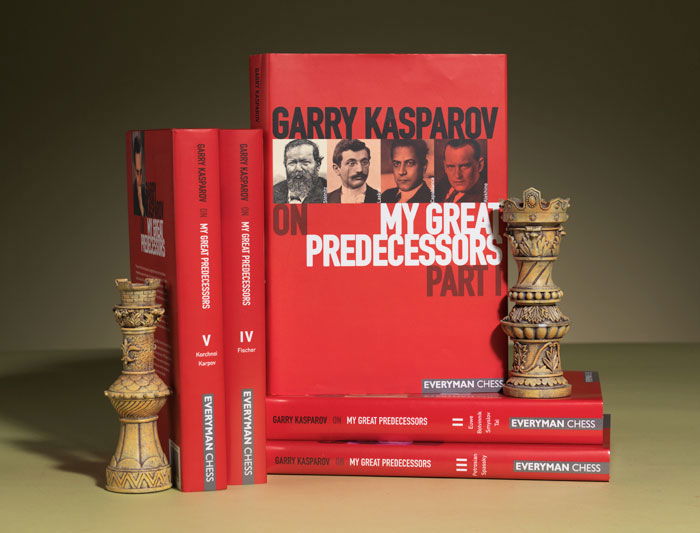
1.My Great Predecessors Part 1 by Garry Kasparov - Words are just less for such a legendary series of books by Kasparov. I saw so many examples of how the past world champions were getting a slight edge and after that by finding a plan they eventually converted it into a full point. The first volume is on Steinitz, Lasker, Capablanca and Alekhine. There is also the pre-Stenitz era of Morphy and others that has been explained. By taking a look at this book, my advantage conversion power and resistance has increased. The book contains all the typical and frequently occuring pawn structures, plans in it. I would really recommend this book for any player playing at any level. Looking at the classics was really fun.
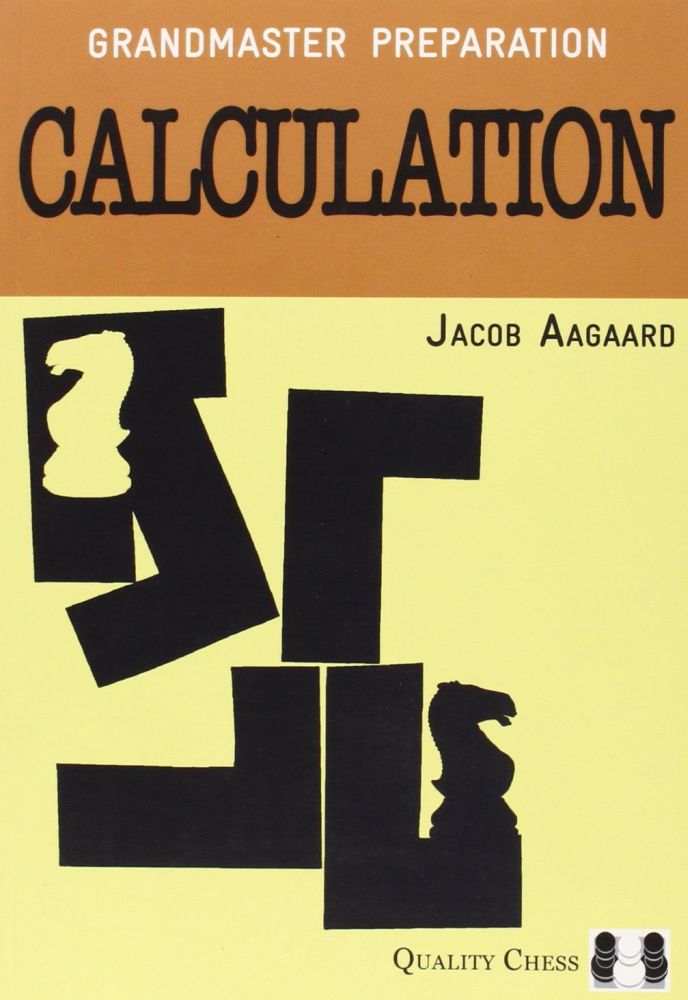
2. Calculation by Jacob Aagaard - The fact that I was slow at finding a plan was also because I was not calculating fast enough. So I started reading this book and I really loved it. The book has ten chapters which are full of puzzles.
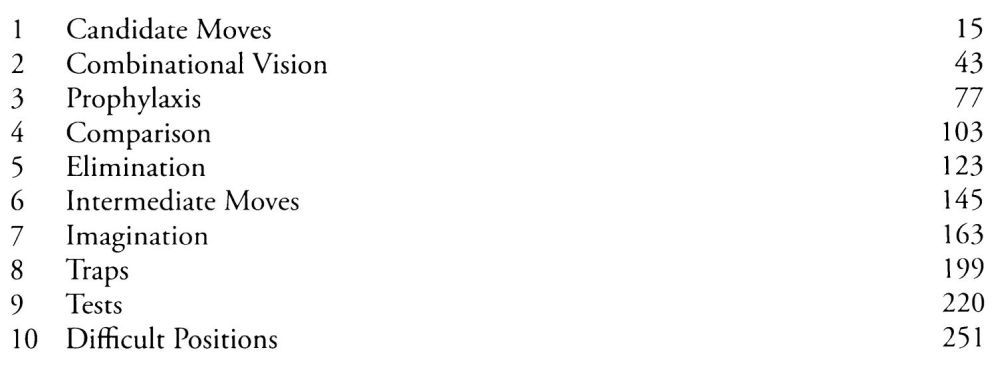
The names of the chapters as you can see in the photo above. My personal favourite was the Tests section where the challenge is that one has to solve six positions on a page in an allotted time. I used a chess clock and set a 90 minutes time on it and got started with the puzzles.
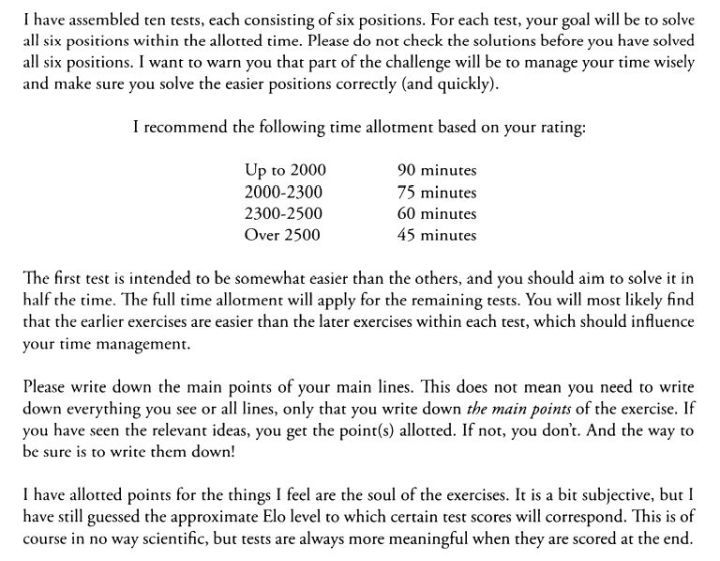
After giving all the tests I scored 48 points which in the book was written as I had became a 2300 level player.
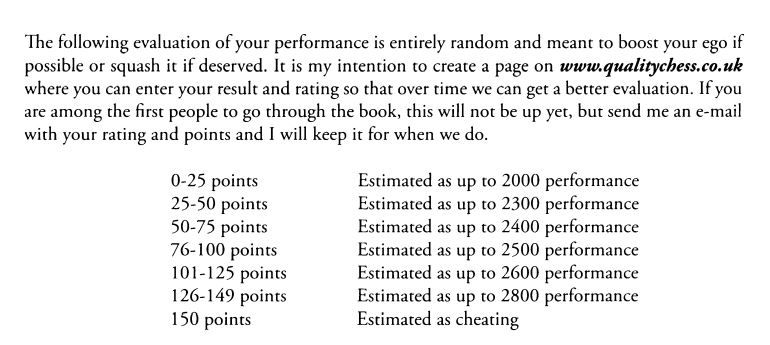
First I thought what a practical joke it is but after I completed my Serbia tour I can see that I am the Joker.
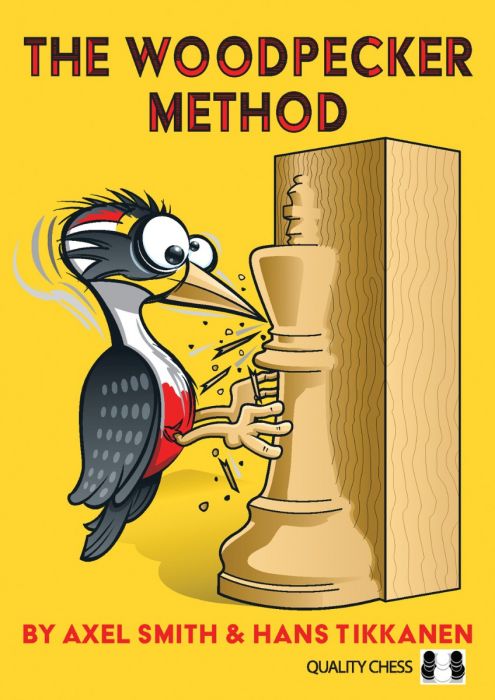
3.Woodpecker Method by Axel Smith and Hans Tikkanen - As you know by now Axel's books are not to be thrown away after reading. This one is no exception. Basically Axel says that one should solve the same set of tactics again and again until he can solve the whole set in a day. This method actually also helped me while I was playing an online blitz event when the first two players had a selection spot for playing against Vidit and asking Anand a question. At that time I solved the easy section of the book four times in two days before playing the tournament and I came second in under-19 and third in the event and got a chance to interact with Anand and Vidit. It was a nice memory which I now have with me.
But before leaving for Serbia ten days ago, I started after the easy section and solved the book to 850 puzzles. As there is a lot of organisational work to handle before an international trip I did not get much time to complete this book at least once. Anyways the book has wonderful tactical puzzles which one should go through or if you guys have a tactical book you can use the Woodpecker Method of solving the same puzzles again and again in a book of your choice. It will not make any difference. Especially if you have solved an entire tactical book already it will make much more sense to solve the same book again than to purchase this one.
4. For openings I also dabbled with chessable courses and GM repertoires and for my secrecy reasons I won't reveal them.
Planning a trip to Serbia
So when the country was suffering from the second wave it was clear that I had to go to Europe to play events. Also a fact was that no matter how much I practice I have to play somewhere otherwise all the practice is just not of any use. Eventually after doing some research I decided to play in Serbia. I mailed the organizers of Belgarde and Paracin to confirm my entry for A category and both of them seeing my rating of 1769 immediately and very naturally rejected my entry for A category. The Serbia plan was cancelled.
Then a month before the trip I got to know about the Silver Lake open I made contact with the tournament organizers and they immediately confirmed my entry in the A category. Then all my motivation to play in Serbia came to life again. It was 25 days before the tournament, I decided that now I won't let this opportunity go away. To my surprise two more GM open's were announced in Serbia and they immediately confirmed my entry for A category event.
Now the only problem was finding a room partner to travel with. I posted on facebook and Instagram that I need a roommate for my Serbia trip and with an overwhelming response, at least 20 people were interested in knowing how much money it is going to take to travel and after that everyone was like, I will tell in a day or two. After a day or two every single one of them cancelled and dropped the plan. Then one fine morning I woke up and I decided that I will go to Serbia alone and make the solo trip happen!
Stay tuned for part two...
About the Author
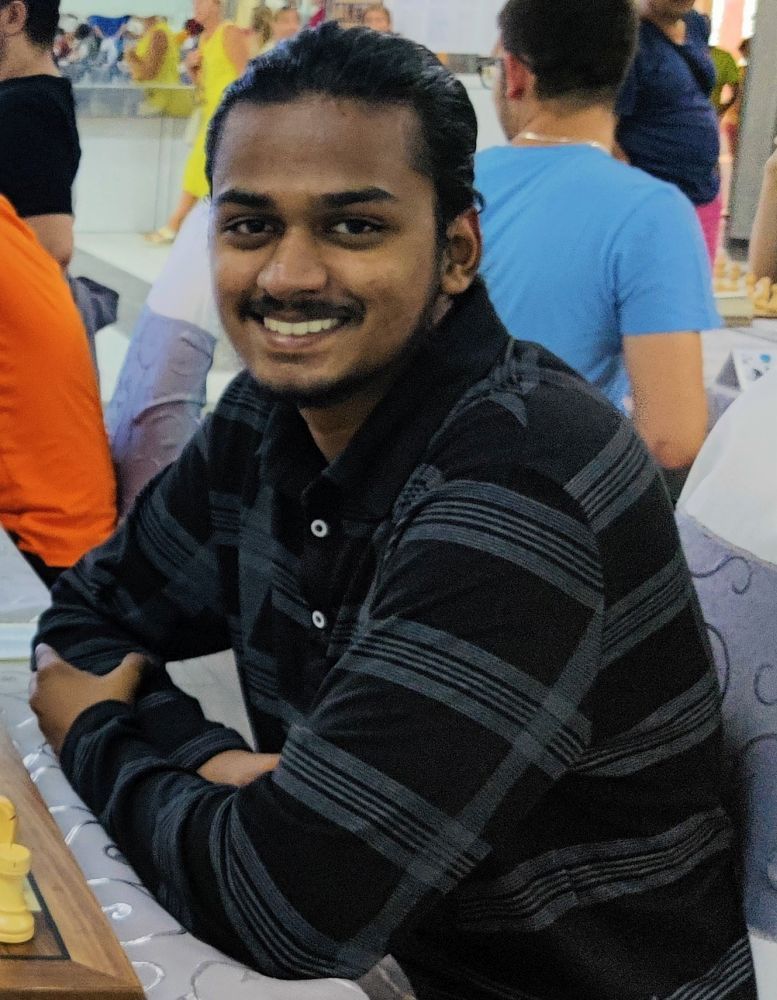
Aanjaneya Phatak is a 20-year-old chess player from Pune, Maharashtra. He is currently rated 2212. He is a self-taught player and uses books, DVDs and other material to improve at chess on his own.










